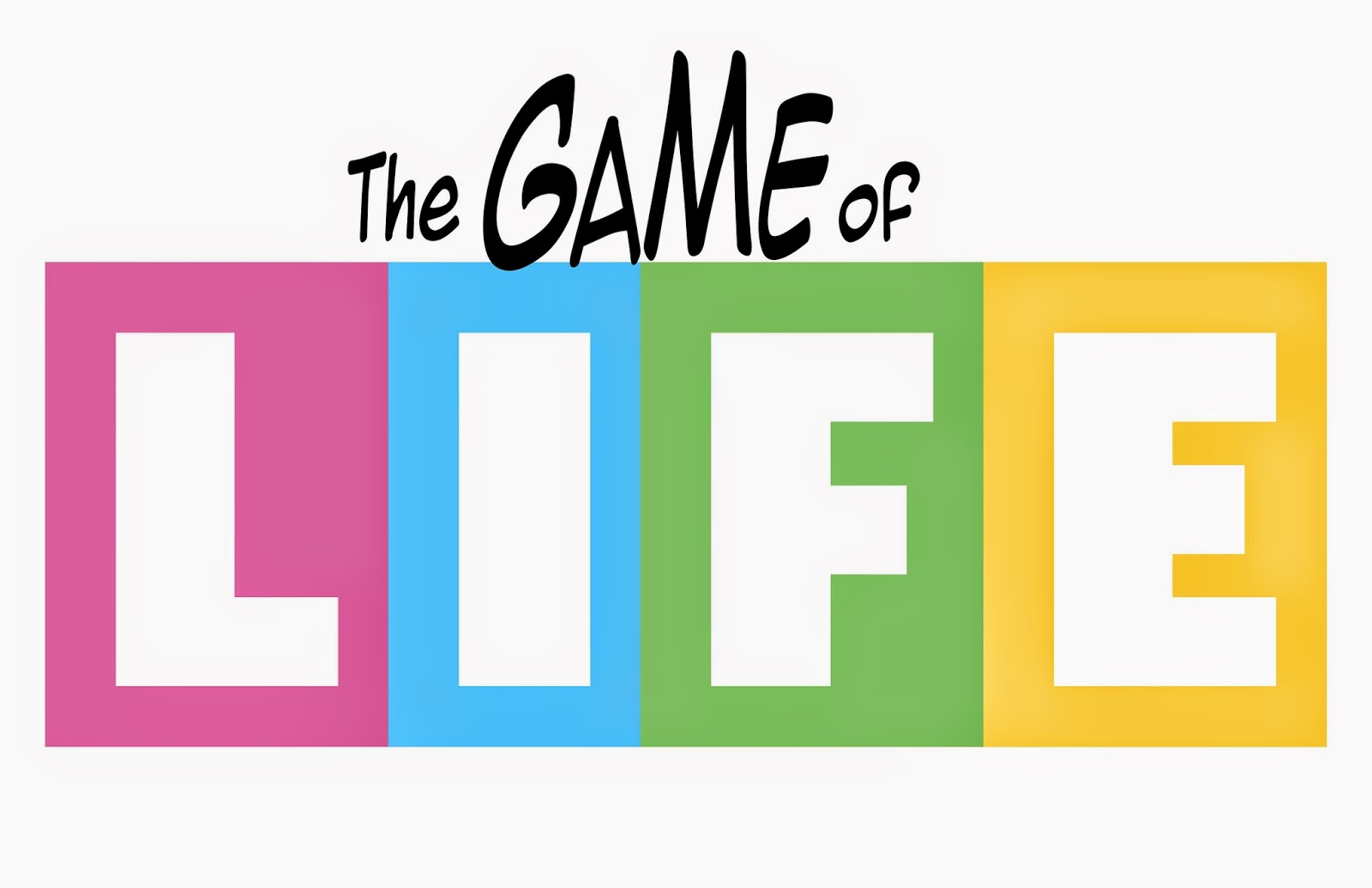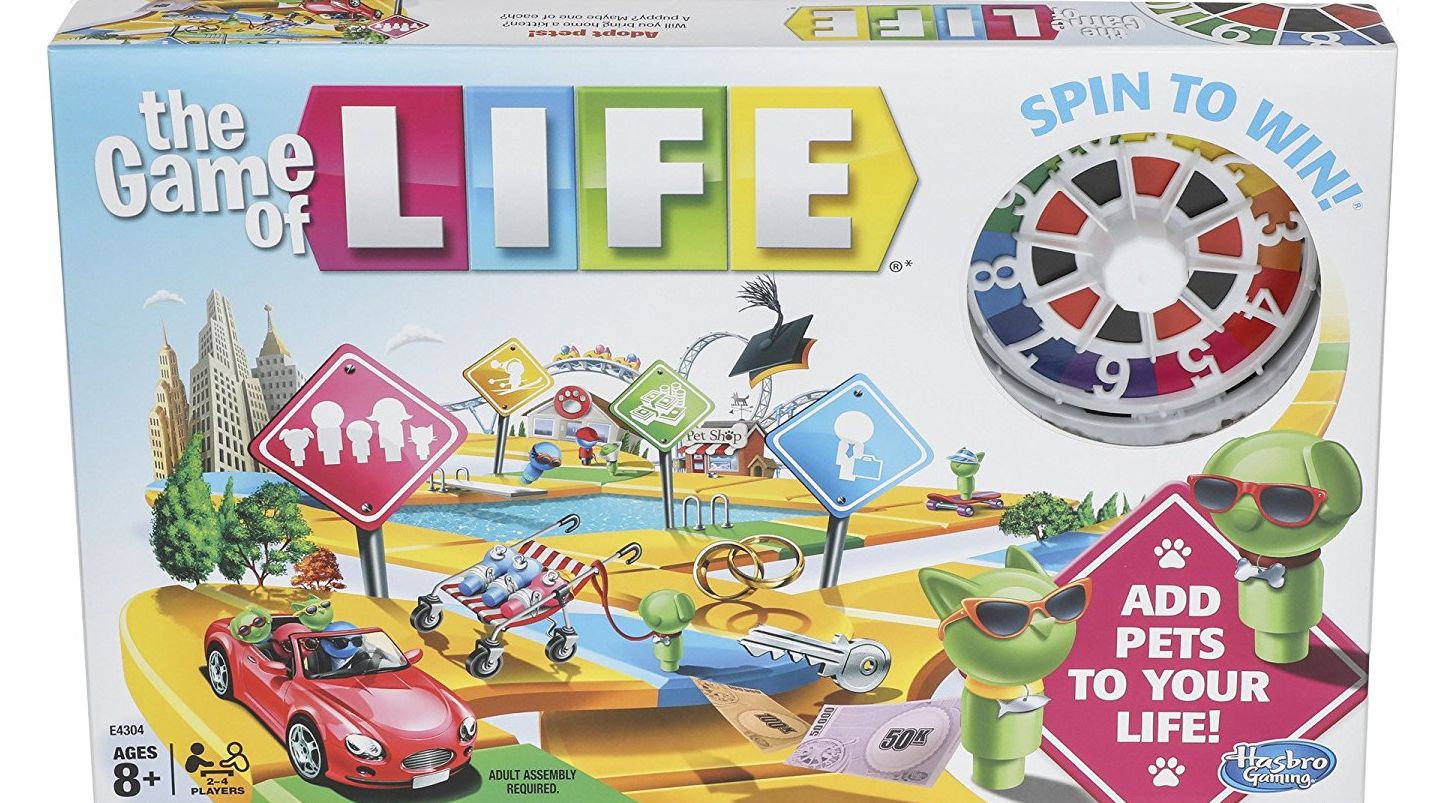

If, like me, you played the 1960 version of Life while wearing bell-bottoms and listening to a 45 of Elton John’s “Rocket Man,” you have a pretty good idea of what happened to Milton Bradley’s nineteenth-century game about vice, virtue, and the pursuit of happiness: it was reinvented as a lesson in Cold War consumerist conformity, a kind of two-dimensional Levittown, complete with paychecks and retirement homes and dental bills. As the game’s ad slogan has it, “That’s Life!”

Along the way, there are good patches: “Adopt a Girl and Boy! Collect Presents!” And bad: “Jury Duty! Lose Turn.” Whoever earns the most money wins. In Life, players fill teensy plastic station wagons with even teensier pastel-pink and blue plastic Mommies and Daddies, spin the Wheel of Fate, and ride the highway of Life, earning money, buying furniture, and having pink and blue plastic babies. It bears almost no resemblance to its nineteenth-century namesake. In 1960, to celebrate its centennial, the Milton Bradley Company released a commemorative Game of Life. His company, founded in 1860, survived his death, in 1911, the Depression, two World Wars, and even my mother, who worked there in the nineteen-forties. The Checkered Game of Life made Milton Bradley a brand name. The wise player will strive “to gain on his journey that which shall make him the most prosperous, and to shun that which will retard him in his progress.” But even when you’re heading for Happiness you can end up at Ruin: passed out, drunk and drooling, on the floor of a seedy-looking tavern where Death darkens the door disguised as a debt collector straight out of “Bleak House”-the bulky black overcoat, the strangely sinister stovepipe hat. On the other: Poverty, Idleness, Disgrace. On the one hand: Honesty, Bravery, Success. There are good patches, and bad, in roughly equal number. “The game represents, as indicated by the name, the checkered journey of life,” Bradley explained, in his Rules of the Game. Play starts at the board’s lower-left corner, on an ivory square labelled Infancy-illustrated by a tiny, black-inked lithograph of a wicker cradle-and ends, usually but not always, at Happy Old Age, at the upper right, though landing on Suicide, with a noose around your neck, is more common than you might think, and means, inconveniently, that you’re dead. In 1860, the year Abraham Lincoln was elected President, a lanky, long-nosed, twenty-three-year-old Yankee named Milton Bradley invented his first board game, on a red-and-ivory checkerboard of sixty-four squares. Illustration by Zohar Lazar, photograph courtesy Connecticut Valley Historical Museum. Bradley avowed that his game would promote virtue.


 0 kommentar(er)
0 kommentar(er)
